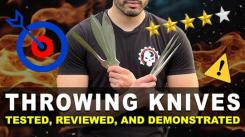Throwing Stars
Many of these throwing stars come with a protective carrying sheath, and are almost always made out of metal. A go-to steel for modern ninja stars in 1065 German surgical steel, which is tough, rust-resistant, and will keep the edges and points of your star in place. Many more are made with stainless steel, which is easy to sharpen and also corrosion-resistant. But don't limit yourself to one make or model, as no shuriken collection is complete without a bit of everything!
-
 🔍︎ QUICK VIEW
Four Aces Throwing Cards$19.95
🔍︎ QUICK VIEW
Four Aces Throwing Cards$19.95 -
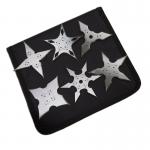
 🔍︎ QUICK VIEW
Silver Assassin Throwing Stars$29.95
🔍︎ QUICK VIEW
Silver Assassin Throwing Stars$29.95 -
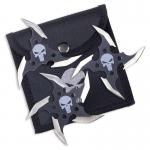 🔍︎ QUICK VIEW
Razor Skull Ninja Stars$21.95
🔍︎ QUICK VIEW
Razor Skull Ninja Stars$21.95 -
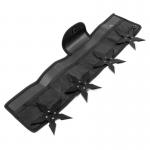 🔍︎ QUICK VIEW
Black Throwing Star Set$24.95
🔍︎ QUICK VIEW
Black Throwing Star Set$24.95 -
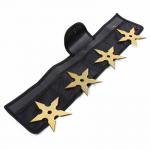 🔍︎ QUICK VIEW
Gold Throwing Star Set$24.95
🔍︎ QUICK VIEW
Gold Throwing Star Set$24.95 -
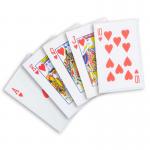 🔍︎ QUICK VIEW
Royal Flush Throwing Cards$20.95
🔍︎ QUICK VIEW
Royal Flush Throwing Cards$20.95 -
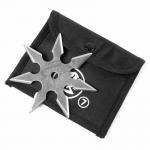 🔍︎ QUICK VIEW
7-Point Silver Ninja Star$9.95
🔍︎ QUICK VIEW
7-Point Silver Ninja Star$9.95 -
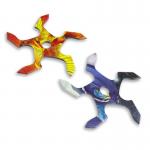 🔍︎ QUICK VIEW
Dragon Phoenix Ninja Stars$24.95
🔍︎ QUICK VIEW
Dragon Phoenix Ninja Stars$24.95 -
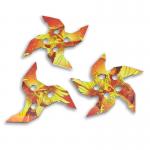 🔍︎ QUICK VIEW
Phoenix Throwing Star Set$24.95
🔍︎ QUICK VIEW
Phoenix Throwing Star Set$24.95 -
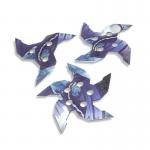 🔍︎ QUICK VIEW
Dragon Throwing Star Set$24.95
🔍︎ QUICK VIEW
Dragon Throwing Star Set$24.95 -
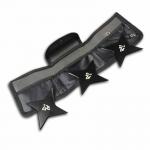 🔍︎ QUICK VIEW
Black Ninja Throwing Stars$19.95
🔍︎ QUICK VIEW
Black Ninja Throwing Stars$19.95 -
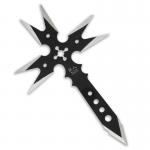 🔍︎ QUICK VIEW
Gothic Throwing Weapon$23.95
🔍︎ QUICK VIEW
Gothic Throwing Weapon$23.95 -
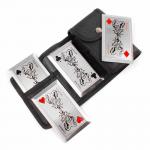
 🔍︎ QUICK VIEW
Joker Throwing Cards$29.95
🔍︎ QUICK VIEW
Joker Throwing Cards$29.95 -
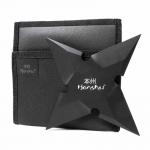 🔍︎ QUICK VIEW
Dark Giant Ninja Star$23.95
🔍︎ QUICK VIEW
Dark Giant Ninja Star$23.95 -
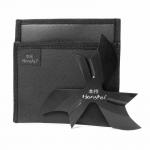 🔍︎ QUICK VIEW
Dark Vortex Shuriken$22.95
🔍︎ QUICK VIEW
Dark Vortex Shuriken$22.95 -
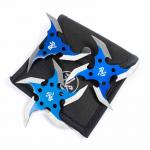 🔍︎ QUICK VIEW
Blue Razor Ninja Stars$22.95
🔍︎ QUICK VIEW
Blue Razor Ninja Stars$22.95 -
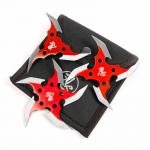 🔍︎ QUICK VIEW
Red Razor Ninja Stars$22.95
🔍︎ QUICK VIEW
Red Razor Ninja Stars$22.95 -
 🔍︎ QUICK VIEW
Titanium Finish Throwing Stars$24.95
🔍︎ QUICK VIEW
Titanium Finish Throwing Stars$24.95 -
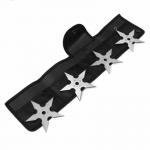 🔍︎ QUICK VIEW
Silver Throwing Star Set$24.95
🔍︎ QUICK VIEW
Silver Throwing Star Set$24.95 -
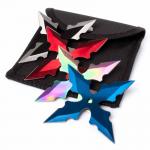 🔍︎ QUICK VIEW
Multicolor Arrowhead Throwing Stars$22.95
🔍︎ QUICK VIEW
Multicolor Arrowhead Throwing Stars$22.95 -
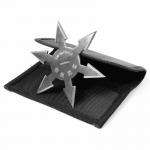 🔍︎ QUICK VIEW
6-Point Arrowhead Ninja Star$9.95
🔍︎ QUICK VIEW
6-Point Arrowhead Ninja Star$9.95 -
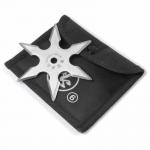 🔍︎ QUICK VIEW
6-Point Silver Ninja Star$10.95
🔍︎ QUICK VIEW
6-Point Silver Ninja Star$10.95 -
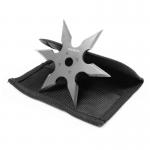 🔍︎ QUICK VIEW
Professional 6-Point Ninja Star$13.95
🔍︎ QUICK VIEW
Professional 6-Point Ninja Star$13.95 -
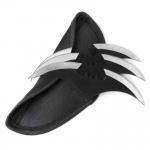 🔍︎ QUICK VIEW
Black Bat Throwers$13.95
🔍︎ QUICK VIEW
Black Bat Throwers$13.95 -
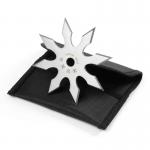 🔍︎ QUICK VIEW
8-Point Silver Ninja Star$9.95
🔍︎ QUICK VIEW
8-Point Silver Ninja Star$9.95 -
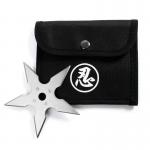 🔍︎ QUICK VIEW
5-Point Silver Ninja Star$9.95
🔍︎ QUICK VIEW
5-Point Silver Ninja Star$9.95 -
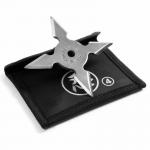 🔍︎ QUICK VIEW
4-Point Silver Ninja Star$9.95
🔍︎ QUICK VIEW
4-Point Silver Ninja Star$9.95 -
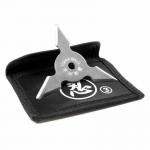 🔍︎ QUICK VIEW
3-Point Silver Ninja Star$8.95
🔍︎ QUICK VIEW
3-Point Silver Ninja Star$8.95 -
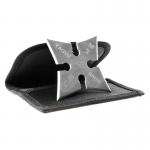 🔍︎ QUICK VIEW
Silver Moon Throwing Star$9.95
🔍︎ QUICK VIEW
Silver Moon Throwing Star$9.95



